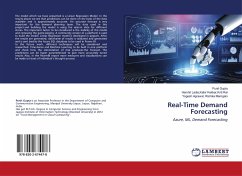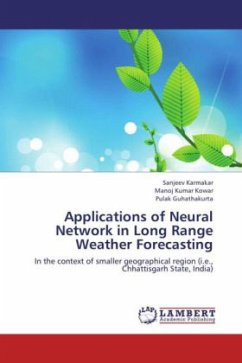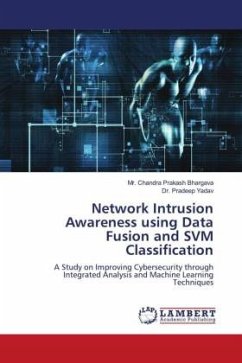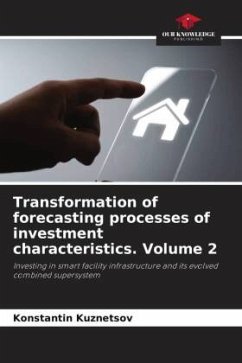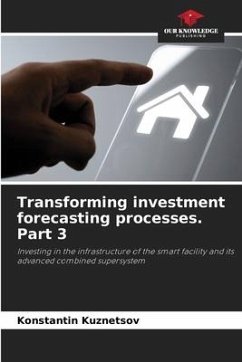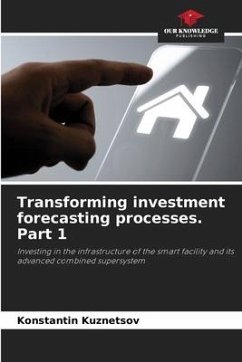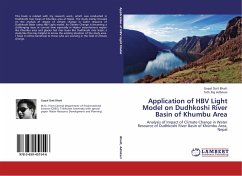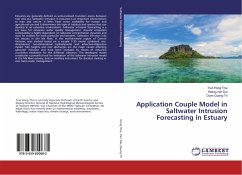
Application Couple Model in Saltwater Intrusion Forecasting in Estuary
Versandkostenfrei!
Versandfertig in 6-10 Tagen
20,99 €
inkl. MwSt.

PAYBACK Punkte
10 °P sammeln!
Estuaries are generally defined as semi-enclosed transition zones between river and sea. Saltwater intrusion in estuaries is an important phenomenon to man and nature: it limits fresh water availability for human and agricultural use and it determines the type of habitats and species that can develop in an estuarine environment. Saltwater intrusion forecasting is a key issue for estuarine water quality management. Aquatic ecosystem sustainability is highly dependent on saltwater concentration dynamics and must be studied for each particular environment. Saltwater intrusion into the estuary in ...
Estuaries are generally defined as semi-enclosed transition zones between river and sea. Saltwater intrusion in estuaries is an important phenomenon to man and nature: it limits fresh water availability for human and agricultural use and it determines the type of habitats and species that can develop in an estuarine environment. Saltwater intrusion forecasting is a key issue for estuarine water quality management. Aquatic ecosystem sustainability is highly dependent on saltwater concentration dynamics and must be studied for each particular environment. Saltwater intrusion into the estuary in the Ma River, in the northernmost region of Central Vietnam, was studied based on a couple 1-2D model combined one-dimensional, two-dimensional hydrodynamic and advection-dispersion model. Tide heights and river discharges are the major causes affecting saltwater intrusion and have been analyzed by means of estuarine circulation simulation for the different scenarios. The developed model constitutes a powerful tool for evaluation of the saltwater intrusion model in the Ma River estuary, and an auxiliary instrument for decision making in river basin water management.



